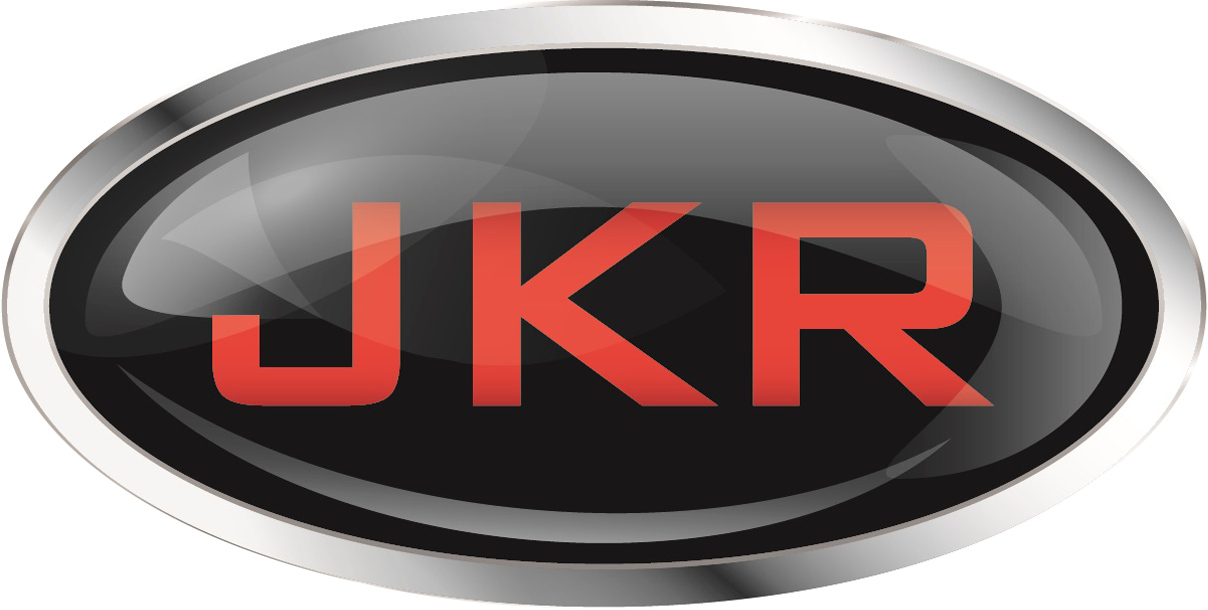Automotive Trends Shifting to Leasing and Long-Term Loans
 The latest automotive trends present a good-news, bad-news scenario to the country’s automotive dealers. New data released by JD Power, the nation’s leading independent research company, will open some eyes.
The latest automotive trends present a good-news, bad-news scenario to the country’s automotive dealers. New data released by JD Power, the nation’s leading independent research company, will open some eyes.
The good news is that retail leasing is at record levels. In February, 26.5 percent of all transactions were leases. That’s better than the previous record of 26.0, set way back in May 2000.
Now for the bad news about these automotive trends: long-term loans (defined as 72 months or longer) are also at levels never seen before. A full third of new-car loans fell under this umbrella in February, crushing the old record of 30.6 percent (set in September 2012).
Advantages of these Automotive Trends
Of course, customers enjoy leasing because it cuts down on their monthly payments. But the record number of leases is also good for dealers in a number of ways. Because lease terms are typically much shorter than a car loan, the customer presumably would need another vehicle sooner.
At the lease’s end, the dealer can then sell or lease this same customer another car. Better still, they profit from selling this previously leased for a good price. It also ensures that there will be a healthy number of high-quality used vehicles available for years to come, which makes a dealer’s life easier.
Disadvantages of these Automotive Trends
While customers accept the long-term car loans for the same reason as a lease – to keep their payments down – these loans are not as good a development for the dealer. While they’re happy to make any sale, a long-term loan significantly cuts down the likelihood these customers will be shopping for another car in the near future. In other words, it’s great for today, but tomorrow? Not so much.
Together, these two factors (record-number leasing and longer loan terms) appear to be cancelling each other out. The data shows that the average new-vehicle loan is coming in at 66 months, only a three percent increase since 2009.

